Christmas is the story that unlocks the code of our culture
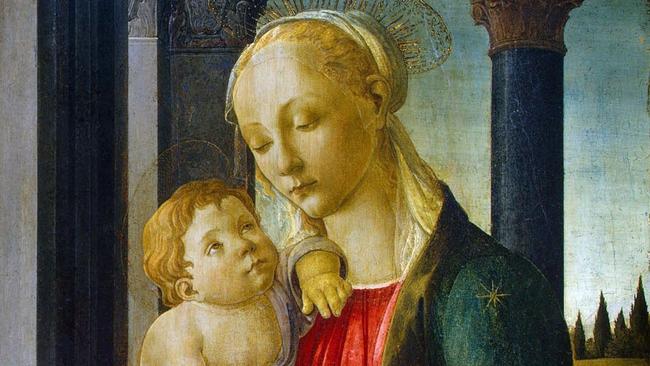
It was Gerard Manley Hopkins, the Jesuit who was the greatest poet of the Victorian age, who once translated an untranslatable line of a hymn with the words: “Truth himself speaks truly or there’s nothing true.” Do we believe this bit of a hymn of vespers because of a lifetime of conditioning? Well, people continue take their kids to Carols by Candlelight to listen to Silent Night or Away in the Manger.
But the Christmas story unlocks the code of our culture. And we’ve known these images for so long that we barely know which gospel has a nativity narrative and which does not.
St Mark has no room for divine babies and shepherds and Magi. He leaps right into the adult narrative and John the Baptist prophesying that one is coming mightier than he is and that he is not worthy to untie his shoes.
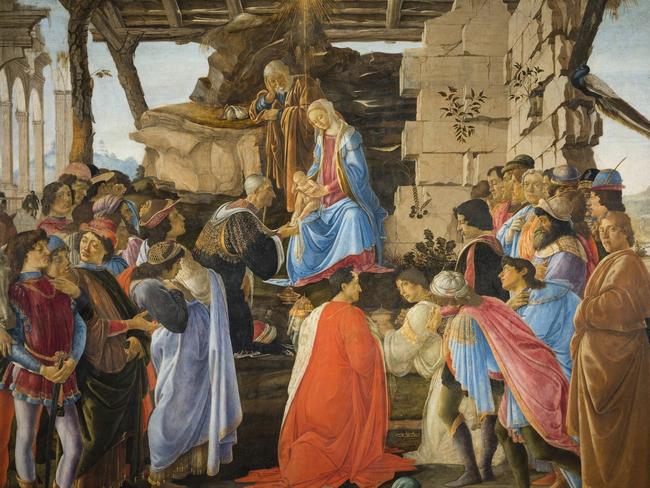
This is not the irresistible beauty of the Madonna and Child image that we see in Botticelli that enchants with the fusion of the sense of beauty and truth or that uncanny quality in Leonardo’s The Virgin of the Rocks that brings to mind the majesty of the benediction prayer: Blessed be the great Mother of God, Mary Most Holy.
So no nativity pageant but the discovery of the Dead Sea scrolls suggests John the Baptist came out of the Essene community (a mystic Jewish sect) and this may have influenced the historical Jesus. And myths are not stories that are untrue but stories that run deep.
So in St Matthew there is the bald news that St Joseph discovers his betrothed Mary is pregnant: “But while he thought on these things, behold the angel of the Lord appeared unto him in a dream, saying ‘Joseph, thou son of David fear not to take unto thee Mary thy wife: for that which is conceived in her is of the Holy Ghost. And she shall bring forth a son and thou shalt call his name Jesus.’ ”
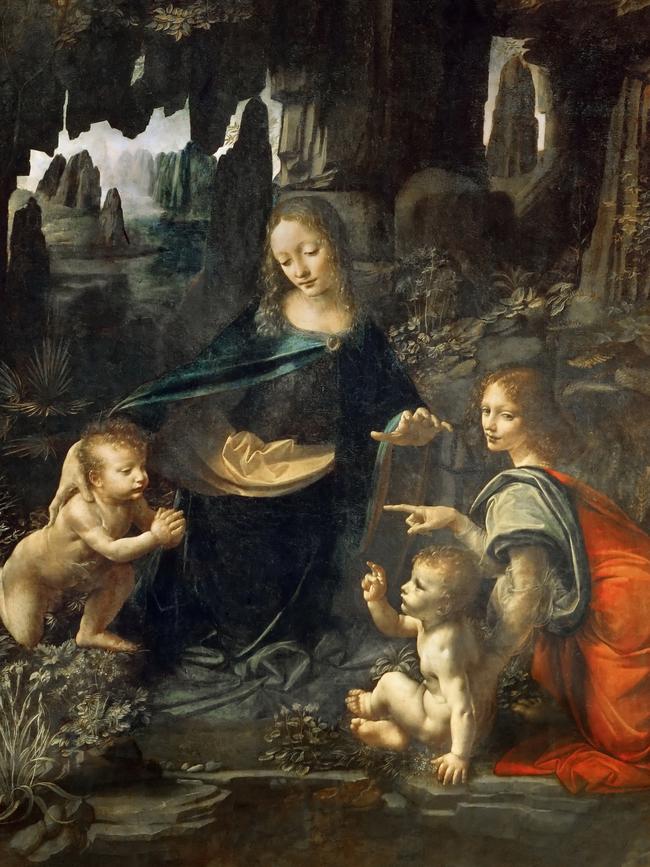
Then St Matthew tells us the story of the journey of the Magi, the three kings of the Orient who follow a star that leads them to Bethlehem: “Now when Jesus was born in Bethlehem of Judaea in the days of Herod the King, behold there came wise men from the east to Jerusalem, saying ‘Where is he that is born King of the Jews. For we have seen his star in the east and are come to worship him.’
“When Herod the King heard these things he was troubled, and all Jerusalem with him. And when he had gathered all the chief priests and scribes of the people together he demanded of them where Christ should be born. And they said unto him in Bethlehem of Judaea: for thus it is written by the prophet.
“Then Herod when he had privily called the wise men, inquired of them diligently what time the star appeared. And he sent them to Bethlehem and said, ‘Go and search diligently for the young child and when ye have found him bring me word again, that I may come and worship him also.’ When they had heard the king they departed; and lo, the star, which they saw in the east, went before them till it came and stood over where the young child was. When they saw the star they rejoiced with exceeding great joy.
“And when they were come into the house, they saw the young child with Mary as his mother, and fell down and worshipped him, and when they had opened their treasures, they presented unto him gifts; gold and frankincense and myrrh.”
This is the very beautiful icon of the kings who offer homage to the infant King of Kings.
The three wise men close the 12 days of Christmas, Twelfth Night is the last night of celebration.
Jesus, Mary and Joseph escape into Egypt and Herod proceeds to enact the slaughter of the innocents, murdering every child “two years old and under” who could turn out to be “born King of the Jews” and at this point in St Matthew’s gospel there is suddenly heard as if in premonition of tragedy the voice of a mother in the desolation of pain: “ ‘Rachel weeping for her children and would not be comforted because they are no more.’ ”
St Matthew has rather more colour and movement than the opening of the last gospel, the gospel of St John with its reverberating sense of light shining in darkness.
It has been suggested the old apostle may have had as a secretary on the island of Patmos a brilliant young man from the schools of Athens who helped shape, edit or even ghost the story with great abstract style and theological sophistication. In the process he (or they) made short shrift of the Christmas story, but it’s John’s gospel that has that brilliant moment when Nathaniel says of Jesus, “Can anything good come out of Nazareth?”
In any case the Platonist ghost is an argument for the idea that St Luke was close to Mary and this is reflected in his gospel. Who else could be the source of the Angel Gabriel coming to the girl of favour: “ ‘And behold thou shalt conceive in thy womb, and bring forth a son, and shalt call his name Jesus. He shall be great and shall be called the Son of the Highest.’ And the angel said unto her ‘The Holy Ghost shall come upon thee and the power of the Most High shall overshadow thee: therefore also that holy thing which shall be born of thee shall be called the Son of God.’ ”
Then there is the Magnificat, the greatest bridge between the Old Testament and the New because its idiom is so majestically Jewish:
“My soul doth magnify the Lord
“And my spirit hath rejoiced in God my Saviour
“For he hath regarded the low estate of his handmaiden: for behold from hence forth all generations shall call me blessed.
“For he that is mighty hath done great things to me; and holy is his name.
“And his mercy is on them that fear him from generation to generation.
“He hath shewed strength with his arm; he hath scattered the proud in the imagination of their hearts.
“He hath put down the mighty from their seats, and exalted them of low degree.
“He hath filled the hungry with good things; and the rich he hath sent empty away
“He hath helped his servant Israel in remembrance of his mercy.
“As he spake to our fathers, to Abraham and his seed forever.”
Bach set it (with consummate grandeur) and so did Palestrina, Monteverdi and Vaughan Williams. How hard is it to believe that this girl from nowhere is at this instant the mouthpiece of the Most High?
St Luke, the most accessible of the evangelists, is the major source for our conception of Christmas. German literary scholar Erich Auerbach argued that the gospels were a great influence on the development of realism. Of course, something is not true simply because it is told in a credible manner but the gospels are a special case.
True fiction – fiction that is good, fiction that aspires to be great – is a form of symbolic truth. The New Testament’s account of Christmas inclines us to believe this is a special form of truth whatever we imagine we believe.
“And so it was that while they were there the days were accomplished that she should be delivered. And she brought forth her first-born son and wrapped him in swaddling clothes and laid him in a manger because there was no room for them in the inn.”
Our first intimation that up-against-it people might be as good or better than their neighbours is in this short descriptive passage and so is that unearthly feeling we cotton on to as little kids ourselves that an absolutely good person has come into the world, someone so special that we believe, without knowing what it is we mean by it, that he will save the world. Save the world from the proud persecuting potentates such as Herod. And then there are the shepherds.
“And there were in the same country shepherds abiding in the field keeping watch over their flock by night. And, lo, the angel of the Lord came upon them and the glory of the Lord shone round about them and they were sore afraid. And the angel said unto them, ‘Fear not: for, behold, I bring you good tidings of great joy which shall be to all people. For unto you is born this day in the city of David a saviour which is Christ the Lord. And this shall be a sign unto you; Ye shall find the babe wrapped in swaddling clothes, lying in a manger.’ And suddenly there was with the angel a multitude of the heavenly host praising God and saying, ‘Glory be to God in the highest and on Earth peace to them of good will.’ ”
And so the shepherds follow the injunction of the angels, these messengers of the good, and then they see the baby in the swaddling clothes, the beautiful radiant girl, the cattle, the total disjunction between the humbleness of it all and the apparition of glory.
“And they came with haste and found Mary and Joseph and the babe lying in the manger. And when they had seen it they made known abroad the saying which was told them concerning the child. And all they that heard it wondered at these things which were told them by the shepherds.”
We’re told, too, that Mary ponders everything in her heart. No wonder she is the sublime figure in the history of Western art. Yes, you can say “it figures” if you want to say Christianity was just the imposition of an imperial propaganda but that’s not what the art or the music or the popular culture tell us.
Recently audiences have been wowed by A Christmas Carol. People respond passionately to the story of how Scrooge the old miser comes to realise that kindness is the only way.
A future archaeologist of civilisation and sensibility would be liable to say that this was the chosen entertainment of a Christian culture. Just as they would with that legendary recording of Oscar Wilde’s The Happy Prince with Bing Crosby as the voice of the princely statue and Lurene Tuttle as the voice of the swallow and with Orson Welles as the voice of God. You know the story: the prince and the statue sacrifice themselves for the suffering world. It’s not a soppy story; it’s about doing unto others, which is why it’s a Christmas story by default. It is one of the great texts for the idea that it is more blessed to give than to receive, which is so fundamental to Christmas because the love people have for their own children is an image of the baby Jesus as the essence of comfort and joy.
Think of Miracle on 34th Street. Think of Frank Capra’s It’s a Wonderful Life. Isn’t the whole hullabaloo of Christmas – what we hope and pray will be a paradise for children – a natural growth we inherit with the air we breathe?
A fat fraction of people don’t believe it but at least as large a number of people believe that a person is better for acting as if they did. Sometimes we suspend disbelief about what we actually disbelieve. A lot more of us than would admit it are Christians under the skin.
We should not be ashamed of the way we feel, the mystery of the enchantment of Christmas. That uncanny feeling that can come over someone who goes to midnight mass, that feeling that something deep and central to our culture is taking place by night and that we come to it in reverence and in reversal of the normal schedule of churchgoing. Other people will want to listen to Handel’s Messiah or Bach’s Christmas Oratorio.
That the painting of the Renaissance is such a homage to the religion it serves has its own power of suggestion. What has ever been imagined and reimagined with such formal intensity as these figures who embody the Christmas story?
The way the Christmas story exhausts our power to imagine suggests why we want almost despite ourselves to find this time a sacred time. Sometimes it’s not a matter of the culture we choose but the culture that chooses us.
Peter Craven is a Melbourne-based culture critic.



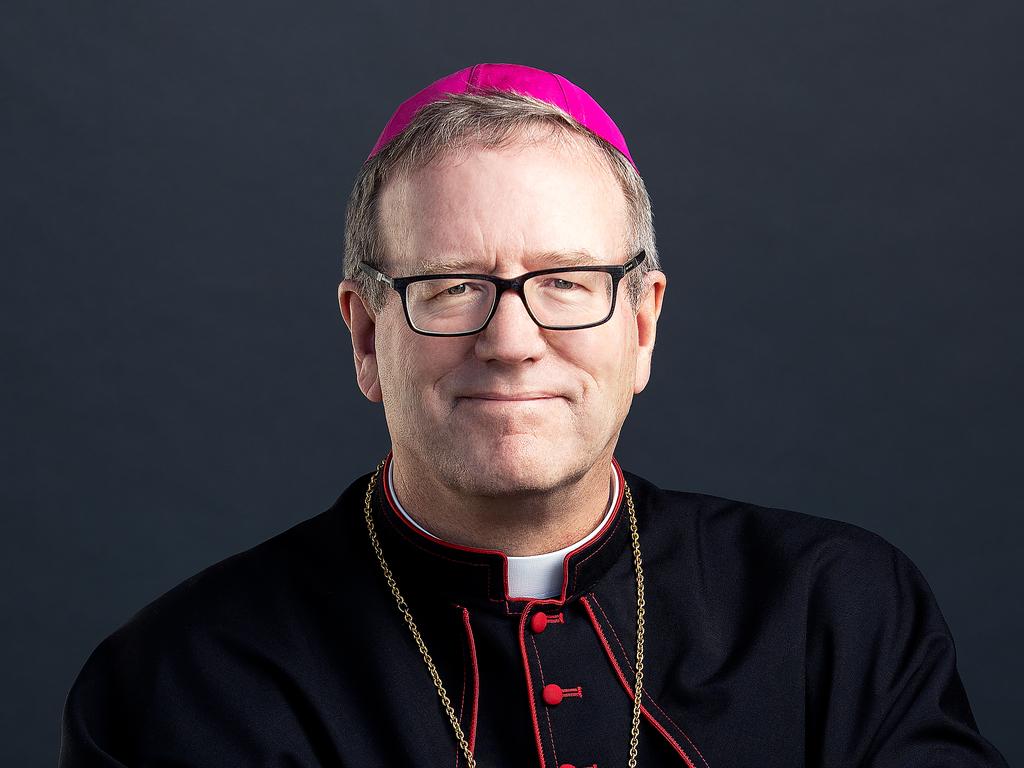

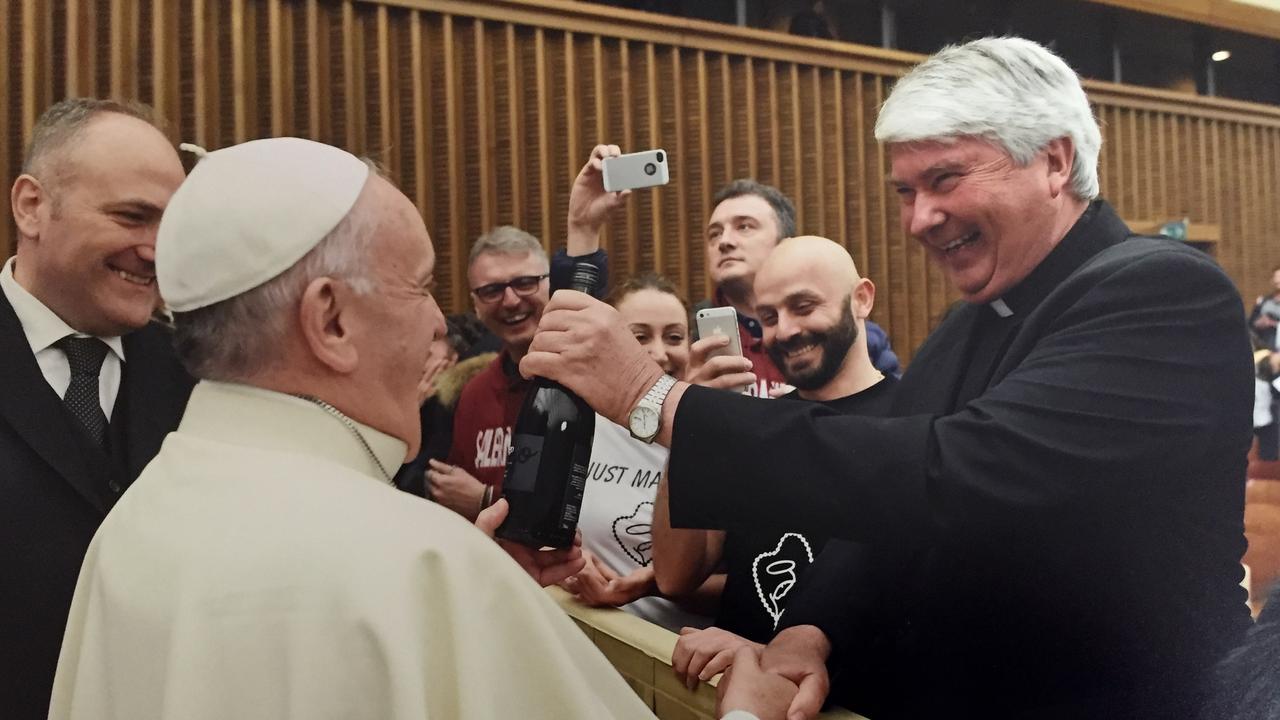

Isn’t it strange how much we believe in Christmas? The gospel accounts of the first Christmas blend in our minds and there’s something about the culture we inherit that makes us think we’re dealing with something that really happened.